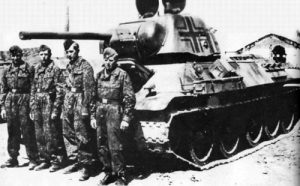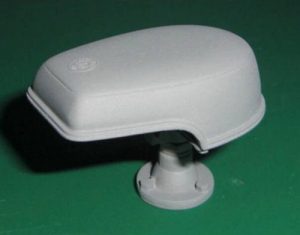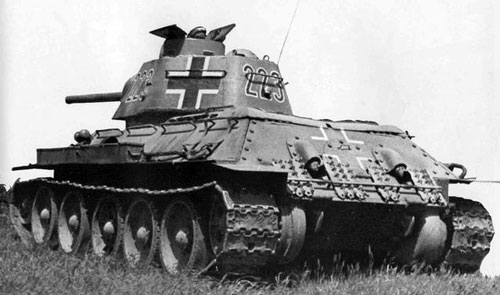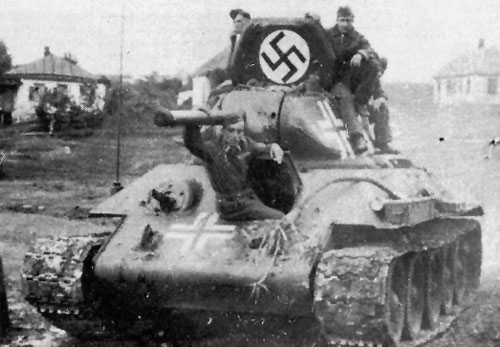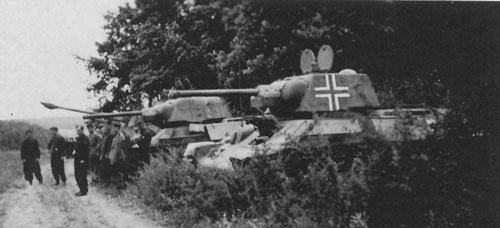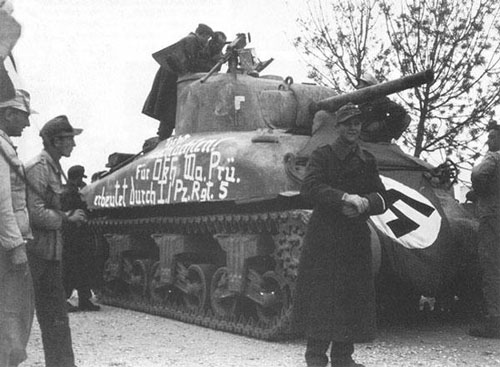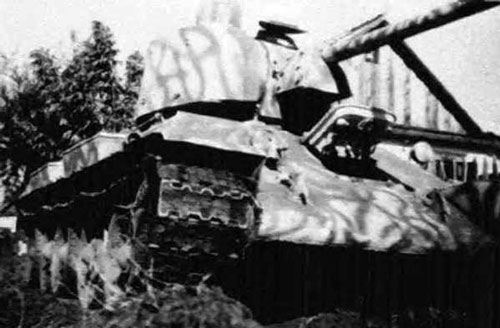with J.C Von Winterbach
These two articles are taken from the Flames of War website and combined for this launch event. There is a link at the bottom of the page to the original articles with plenty more pictures.
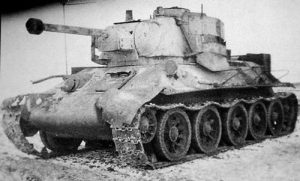
Notek Lights
All of the Notek lights were designed to be used under blackout restrictions so the indirect lighting/hooded light concept was essential for the front light when the standard/main lights couldn’t be used so to avoid being spotted from ground or aerial observers.

An ideal distance between vehicles meant two lights were visible. If only one was visible, the distance between two vehicles was too great while four visible looks meant the distance was too close.
Tactical Markings
The numbering system used on the Beutepanzers were the same as those of the normal German tanks being the three-digit or four-digit standard (1024, 895, 354, 48, 9, etc.)
But some of these Beutepanzers received a different numbering system called the E-Mark. This numbering system includes the letter “E”, followed by a roman numeral and a further two-digit or a three-digit number. On most assumptions the letter “E” indicates Erbeutet (Captured).
Position of Markings
The areas where these identification marks were located where mainly on the frontal, sides and rear panels of the turret and hull. The turret hatches and the barrel of the main gun, as well as under the barrel of the main gun, and track guards were also used as locations for identification marks. These signs were usually painted considerably large.
Other Markings
Some of the markings found to be painted on the Beutepanzers ranged from the Balkenkreuz, Swastikas, Divisional or Sub-Divisional Insignias, individual inscriptions or simply a German flag.
Among the individual inscriptions found on the Beutepanzer were the names of Soldiers (Emil, Karl, Radetzski, Jaeger, etc.), the names of wild animals (Tiger, Leopard, etc.), the names of municipals or provinces (Dantzig, Saar, etc.).
Kill Rings (Victory Rings) where also paint onto the barrel of the main gun to show how many victories the Beutepanzer & its crew had accomplished.
Tank Colors
Beutepanzers saw just as much change to their paint schemes as the rest of the German Armored Core due to the different periods, areas of operation, seasons and special needs. For starters, a lot of the Beutepanzers were repainted in the German Panzer Grey color, but as times went forward, these tanks also changed as the German tanks changed. From the beginning of 1943 they began to use camouflage patterns (Please refer to Art of War II for a complete list of German Camouflage painting schemes throughout the periods) on the Beutepanzer. These tanks also followed the winter camouflage paint scheme. But records & photos also show that a of of these tanks were left with their original colour scheme and went unchanged, except for their identification markings.
You can read J.C’s Modifications article and see more pictures here…
And more markings pictures here…

